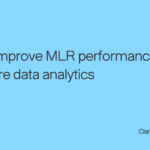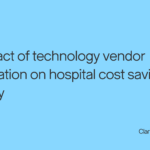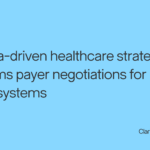The transformative capacity of data analytics is shaping the future of healthcare, driving new levels of efficiency, effectiveness, and patient-centric care. Network strategists at leading health plans have a front seat in witnessing first-hand the profound impact that healthcare data analytics can have on improving the daunting task of health plan network design.
The Role of Data Analytics in Health Plan Network Design
In the context of health plan network design, data analytics offers the potential for a seismic shift in our approach. Yet, until now, there has been very limited innovation in how teams go about designing provider networks.
By leveraging the power of healthcare data analysis, we can identify high-performing providers, gain a nuanced understanding of the health needs of our patient population, and anticipate market trends.
The result? Data-driven decisions that boost network quality, efficiency, and marketability.
Deriving Value from Healthcare Analytics Solutions
Innovative network strategy leaders have gotten a lot of value from their investments in network analytics by allowing them to quickly assess providers in a market to expand quickly and to optimize their existing networks to increase value and member loyalty.
At Clarify, many of our customers are seeking to increase their competitive footprints in existing markets while expanding into new markets as quickly and efficiently as possible. Historically, this process has taken years to plan and implement – and even longer for performance data to make its way back to the networks team.
Today’s market environment requires faster speeds and insights in order to remain agile in an increasingly competitive landscape.
The Future of Data Analytics in Health Plan Network Design
As we gaze into the future, the role of healthcare data analytics in health plan network design is set to grow exponentially. The burgeoning volumes of healthcare data and the continued evolution of analytics tools offer the promise of richer, more actionable insights.
Through in-depth healthcare data analysis, network strategy leaders can tailor their services and products to the unique needs of their market, evaluate the performance of individual providers, and appraise the overall effectiveness of their network. This data-driven approach to provider contracting decisions paves the way for a higher-performing network, improved patient outcomes, reduced costs, and an enhanced member experience.






